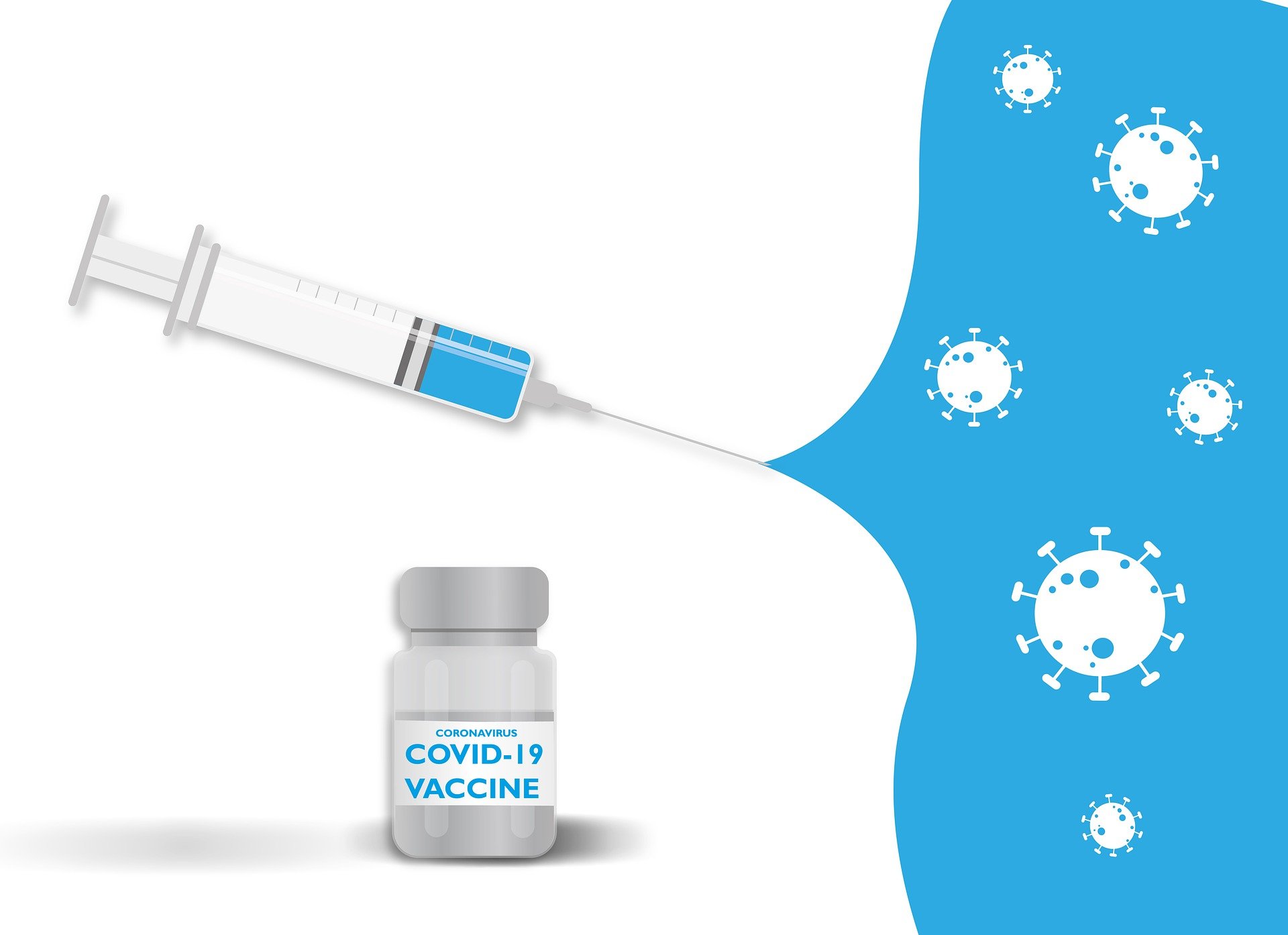The European Union approved Pfizer/Biontech’s first Corona vaccine in December, and Moderna has now also been given the green light in early January.
What is the difference between the two vaccines? Do they have anything in common? And what about tolerability and side effects? Here is all the information we have on this:
Both vaccines work by means of mRNA technology. This has been researched for more than ten years, and is now achieving its first global breakthrough with the development of the Corona vaccine.
Storage
There is a significant difference in the transport and storage of the substances. The Pfizer/Biontech vaccine must be transported at temperatures below -60 degrees. It can then be stored in the refrigerator for only five days. Moderna’s vaccine only needs to be transported at -20 degrees and can be stored in the refrigerator for 30 days. In addition, Pfizer/Biontech supplies the doses only in packs of thousands, while Moderna supplies them in packs of hundreds. Thus, the Moderna vaccine is more suitable for a normal clinic.
Approval
The Pfizer/Biontech vaccine has been approved for use in patients over 16 years of age. The Moderna vaccine is only approved for use from the age of 18. The reason for this is that only people over the age of 18 were tested in the previous studies.
However, the pharmaceutical company Moderna has started testing teenagers, as reported by The New York Times. So it could well be that the vaccine will be approved for younger people in the future.
Dosage
Both vaccines require two shots. For the Pfizer/Biontech vaccine, the two doses are given three weeks apart; for the Moderna vaccine, they are given four weeks apart.
Efficacy
There is minimal difference in the efficacy of the vaccines.
Biontech: 95% efficacy (in people 16 years and older).
Moderna: 94% efficacy (in persons 18 years and older).
Both vaccines have been studied for the impact of fertility, negative consequences if a pregnant woman is vaccinated, and the association of facial paralysis. This is the current state of knowledge:
Fertility
No negative effects on female fertility were found with either vaccine.
Pregnancy
To date, little data are available on vaccination of pregnant women. In animal experiments, no negative consequences were found with regard to embryonic/fetal development, birth or postnatal development.
Facial paralysis
Cases of facial paresis (temporary facial paralysis) have been observed in temporal relation to vaccination. Currently, no connection is assumed.
What the studies say
Pfizer/Biontech
Before the Pfizer/Biontech vaccine was launched, 43,500 subjects aged 16 and older were studied at 152 study sites worldwide from the United States, Argentina, Brazil, South Africa, Germany and Turkey. Forty percent of the participants were over 55 years of age.
Half of the subjects received a vaccine, while the other half received a placebo with no effect. The subjects had to keep a diary of possible side effects.
The result: After analysis, eight COVID-19 cases occurred in the vaccinated group and 162 in the placebo group. This corresponds to an efficacy of 95 percent.
The diaries included the following side effects: Fatigue (tiredness and fatigue), headache and fever. This was reported by both younger and older participants.
Moderna
Slightly fewer participants took part in the study of the vaccine from Moderna. Exactly 30,000 subjects aged 18 and older, all of whom were from the United States. Among them were 7000 over the age of 65 and 5000 from risk groups.
The procedure was the same: half of the subjects were randomly assigned to receive either the vaccine or a placebo.
The result: 196 subjects became infected with the coronavirus, 185 of the cases belonged to the placebo group, 11 to the vaccinated group. This resulted in an efficacy of 94.1 percent.
After the first dose, pain at the injection site was most common, and after the second dose, fatigue, myalgia (muscle pain), arthralgia (limb pain), headache, and redness at the injection site.
— with reports from watson.ch/picture: pixabay.com
This post has already been read 1984 times!



